Smart Cities: The Way Forward
 Wednesday, 11.05.2022.
Wednesday, 11.05.2022.
 13:29
13:29
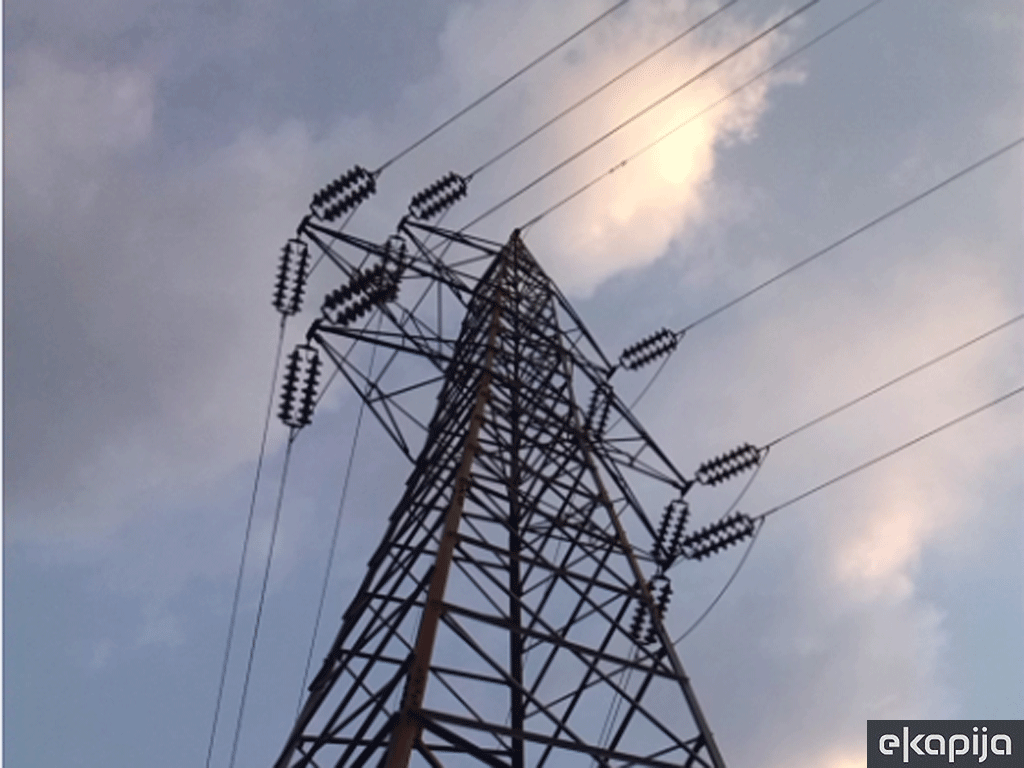
Cities consume over two thirds of the worldŌĆÖs energy and account for more than 70% of global CO2 emissions. Their environmental impact must be reduced while adapting to the needs of the people who live there. Cities need to become safe living spaces that provide high quality of life for citizens.
Can connected lighting help resolve the energy crisis? Yes.
Energy prices are through the roof. Both natural gas and crude oil have at recent points cost about twice what they did a year previously, and some countries are seeing the highest energy prices in history. Unwanted consequences include inflation, less consumer spending, and human hardship in the cold months when it becomes more expensive for businesses to heat their buildings and consumers to heat their homes.
Fortunately, governments, businesses, and consumers can take steps to mitigate the current energy crisis, both now and in the future. The easiest and most expedient way to do so is by embracing LED-based connected lighting technologyŌĆönext-generation LED-based lighting integrated into the Internet of Things (IoT).
Lighting accounts for a full 12% of the electricity consumed around the globe each year. IoT-enabled smart lighting is a significant step on the road to sustainability. It represents a minimally disruptive yet meaningful move that will buy time as we take the more complex steps that the interlocking energy and climate crises will require.
Creating a smart city
How to make the most of smart city opportunities and at the same time balance technical, legislative, and political challenges? Limited budgets and funding. Resource constraints. Siloed infrastructures. There is pressure to solve more immediate problems rather than focusing on longer-term transformative goals. These are just some of the challenges getting in the way of creating a smart city. But despite these difficulties, city leaders are expected to deliver results. They are often called upon to:
ŌĆō Continually improve citizen services (e.g. provide inner city parking, reduce traffic, create a healthier environment)
ŌĆō Enhance the feeling of public safety by reducing crime rates and accidents
ŌĆō Improve the city infrastructure
ŌĆō Demonstrate technology leadership (e.g. leveraging technology for more rapid responses to complaints)
ŌĆō Enhance engagements between citizens and the city
ŌĆō Save taxpayer dollars, improve operational efficiency, and create energy savings
ŌĆō Manage the expectations and ambition of key stakeholders
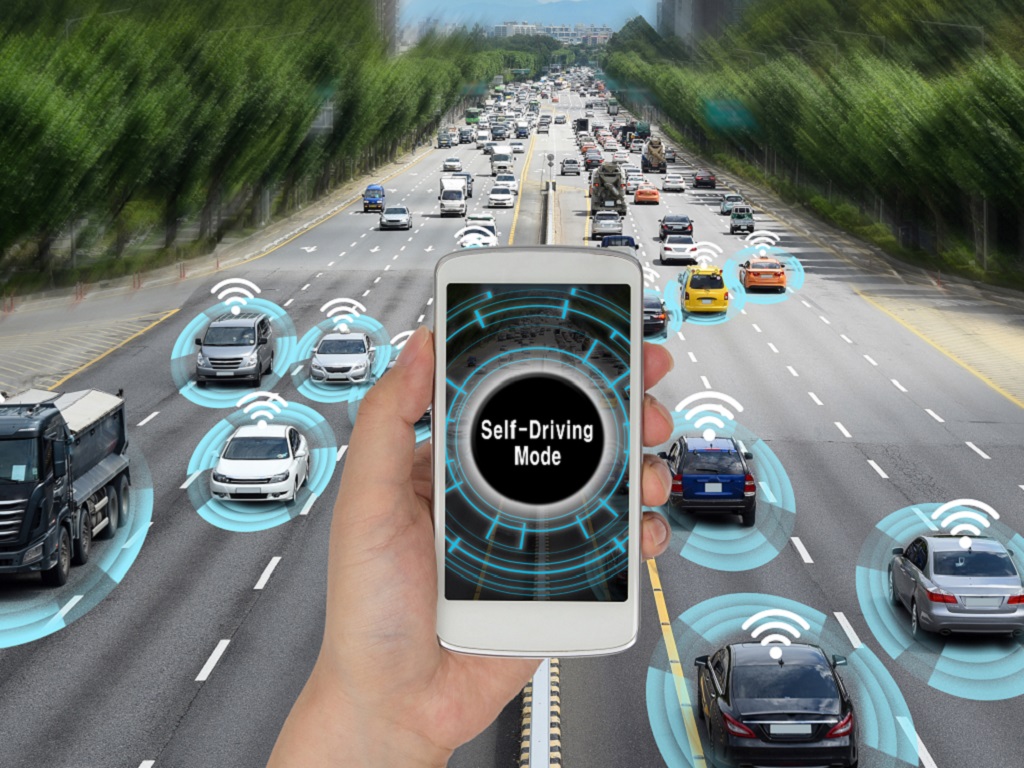
How to successfully navigate all these challenges? For many decision-makers, the answer is to become a smart city. In an increasingly digitized world, itŌĆÖs clear that technology will significantly impact how you manage, run, and grow your city. This has spurred a rapid increase in smart city initiatives and interest in the potential for smart cities in recent years. Smart cities can offer important benefits, including:
ŌĆō More efficient city planning and operations
ŌĆō Improved city services
ŌĆō Increased sense of safety and security
ŌĆō Significant energy savings and reduced costs
ŌĆō Enhanced city sustainability potential
ŌĆō Enabling the community to engage with data from the Internet of Things (IoT)
The race to connect and digitize cities through smart lighting has begun
While lighting is one of the many components of a much larger ecosystem, Signify contends that it can and should be used as the entry point into becoming, and ultimately being the backbone of, a truly digital city. To make your city smart, why not use the city-wide network you already possess?
ŌĆō Smart connected lighting goes far beyond that of illumination and should certainly be considered by municipal councils and urban planners ŌĆō said Harry Verhaar, SignifyŌĆÖs Head of Global Public & Government Affairs.
ŌĆō Street lighting remains an undervalued resource, particularly when it comes to the digital realm. We have proven results that show connected lighting systems offer improved quality of life through the extra features they bring, as well of course the reduced energy consumption and lower running fees that come with switching to smart LED lighting. This environmentally friendly and digital resource needs to feature firmly in national and municipal post-pandemic recovery strategies ŌĆō he added.
The company is now encouraging Europe to lead the way and embrace the lighting-led digital transformation. This will be needed so that the built environment aligns well with a bigger shift towards a future largely revolving around digitization. Interact City for example, SignifyŌĆÖs highly secure connected LED lighting management system can remotely control and monitor a cityŌĆÖs worth of individual light points and streetlight cabinets through a single centralized online application. Perhaps the most advantageous component, however, is how the system, when integrated with innovative lighting fixtures and poles like the BrightSites Smartpole, advances digital opportunities and the ŌĆśInternet of ThingsŌĆÖ (IoT) network. These streetlamps have the potential to house 5G and Wi-Fi connectivity, remote-controlled billboards, CCTV, and microphones capable of detecting sudden loud noises which can be quickly investigated. Nodes and sensors can provide data-based insight into electricity usage, noise pollution, as well as traffic. The lightŌĆÖs brightness can also be controlled to adapt to nearby activity. City landmarks can also benefit from a smart city makeover. Even the drabbest monuments can be completely transformed by subtle colorful light ŌĆō displays that can be customized to special events and holidays by the swipe of a screen app. WhatŌĆÖs more, the benefits to local communities can be profound. Inner city areas can be regenerated, and cities become more livable and attractive to tourists.
SignifyŌĆÖs latest system for controlling architectural lighting, is Interact Landmark. The software suite enables lighting managers to change light scenes on the fly and do so wherever there is a secure internet connection. There is even an app that allows people with smart phones to interact directly with the lighting on the landmark, creating a truly memorable and interactive experience.
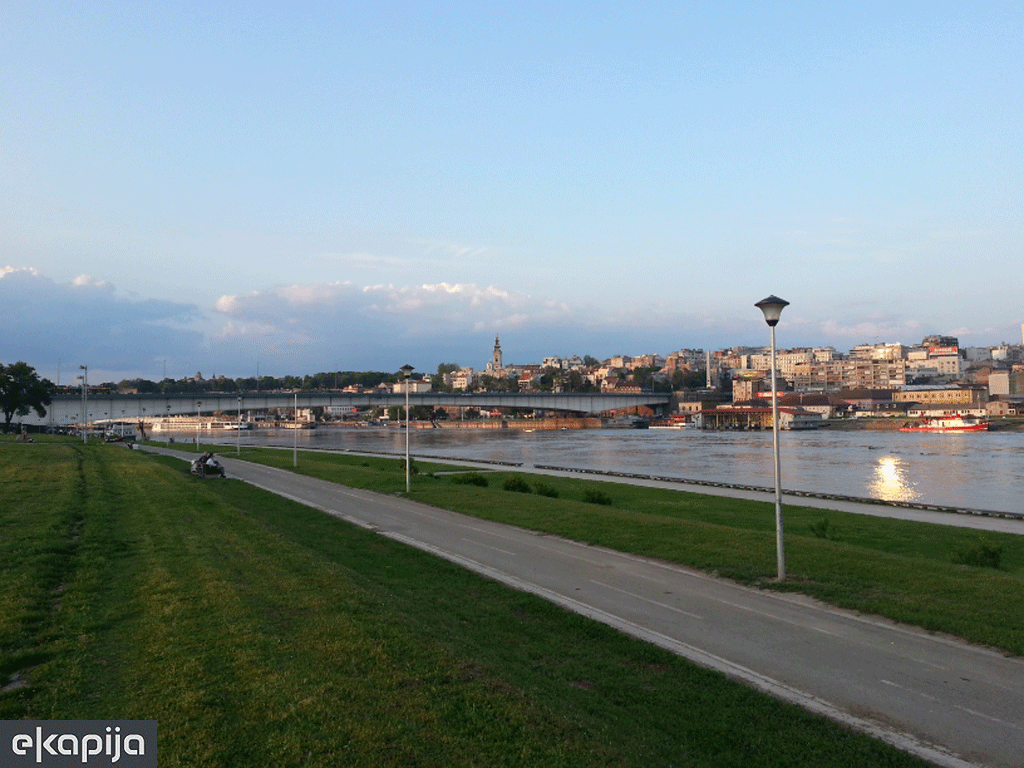

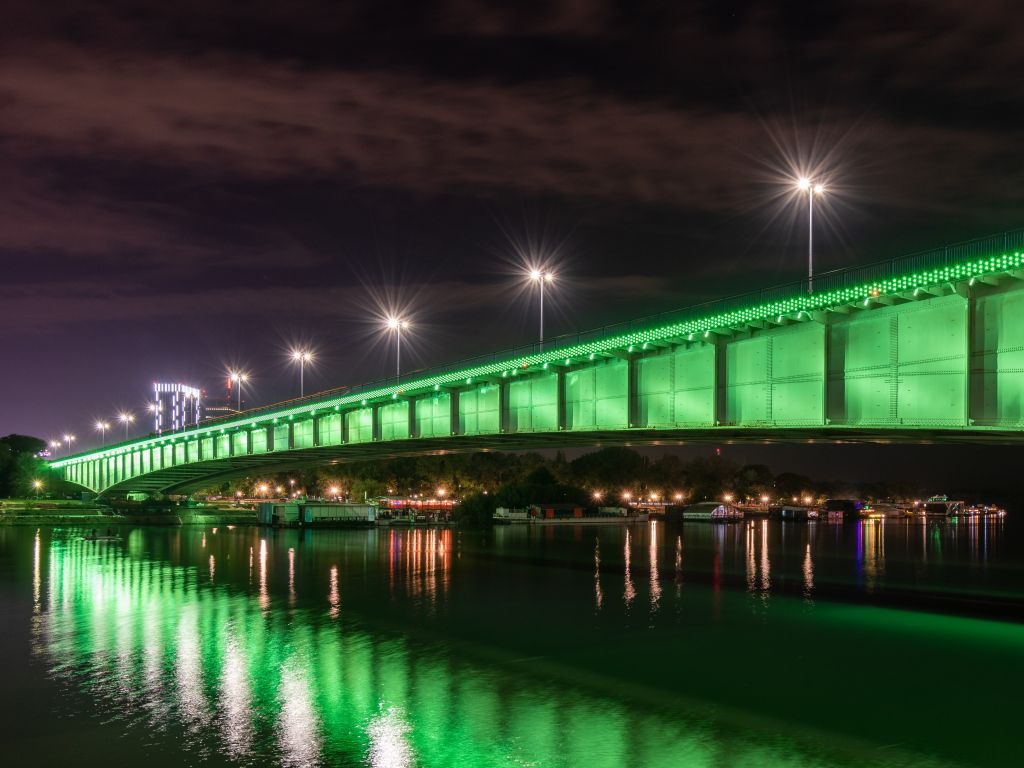

ŌĆō The streetlight has come of age. Think of it providing quality light but also as a digital node with its own IP address on a network that extends to every road and street in your city. A smart node on a city-wide network that you already have in place and which you can connect wirelessly ŌĆō said Verhaar.
Built environments ŌĆō roads, streets, facades ŌĆō need to be fit for purpose for the digital age. Smart cities, once dreamed about are rapidly becoming reality with lighting networks coming to the fore as a vehicle for reducing electricity consumption while delivering smart city services. As policy makers sharpen their post-pandemic recovery plans, now is the perfect time for lighting to have a seat at the top table.
 SIGNIFY INTERNATIONAL B.V. OGRANAK BEOGRAD
SIGNIFY INTERNATIONAL B.V. OGRANAK BEOGRAD
Most Important News
06.04.2024. | Agriculture
Preconditions for Placement of Fresh Blueberries and Dried Plums in Chinese Market Secured

16.04.2024. | News
Jovan Ciric, Leasing Director Retail MPC Properties ŌĆō MPC Echo symbolizes our desire for good ideas and innovative endeavors to spread freely and bring about positive changes

16.04.2024. | News
10.04.2024. | Finance, IT, Telecommunications, Tourism, Sports, Culture
Creative Industry ŌĆō What This Serbian Economy Sector Worth EUR 2 Billion Encompasses

10.04.2024. | Finance, IT, Telecommunications, Tourism, Sports, Culture
18.04.2024. | Industry, Finance
Here come the new hunters for Serbian gold ŌĆō Australian Strickland Metals buys mining project on mountain Rogozna

18.04.2024. | Industry, Finance
16.04.2024. | News
Economy Fair in Mostar opens ŌĆō 26 companies from Serbia exhibiting

16.04.2024. | News
18.04.2024. | Transport
Jovanovic: Purchase of Siemens trams produced in Kragujevac for GSP Beograd should be considered
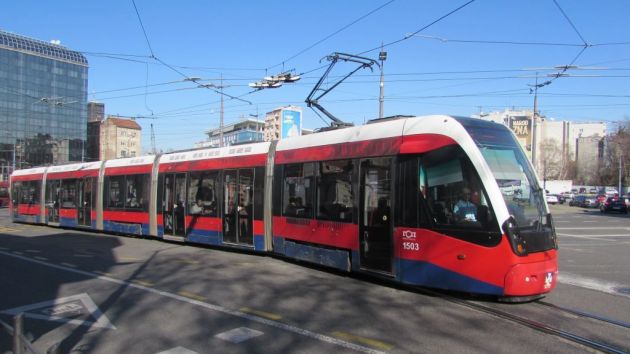
18.04.2024. | Transport


 Izdanje Srbija
Izdanje Srbija Serbische Ausgabe
Serbische Ausgabe Izdanje BiH
Izdanje BiH Izdanje Crna Gora
Izdanje Crna Gora


 News
News






